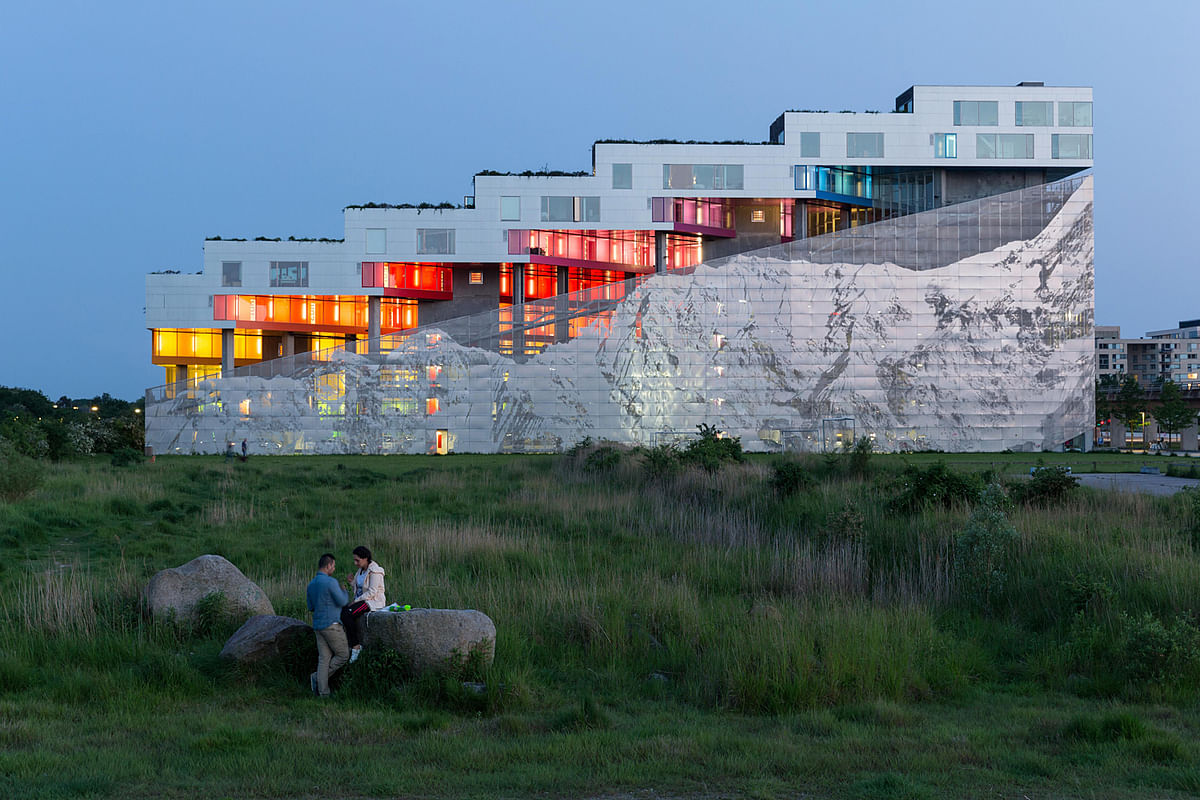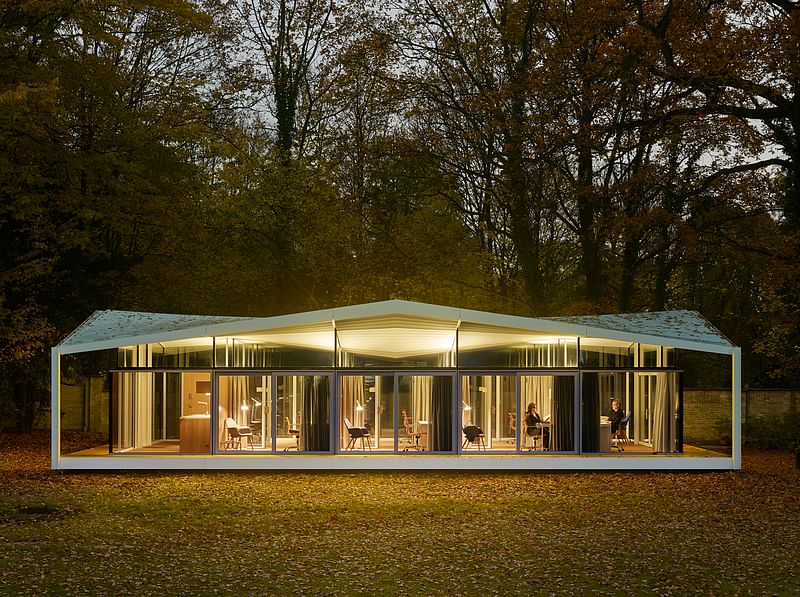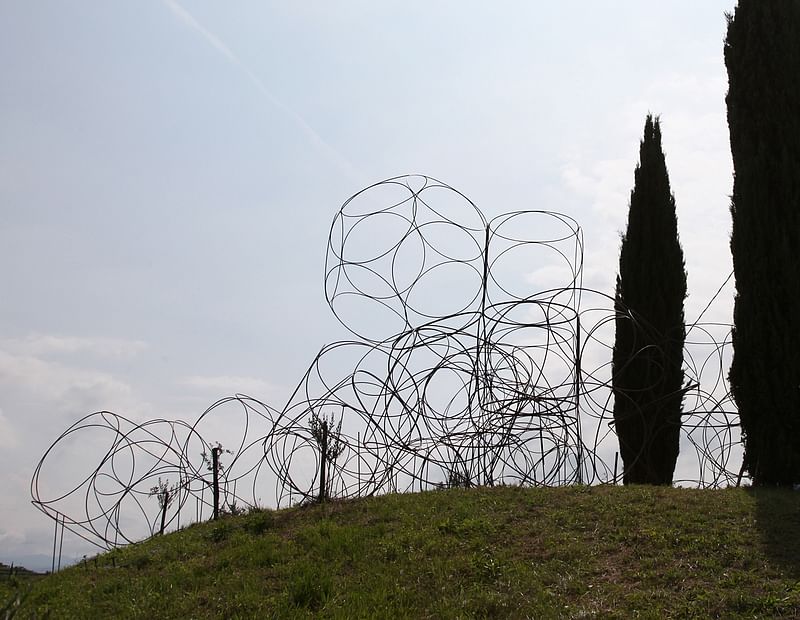
BIG will design the 2016 Serpentine Pavilion, with 4 more architects joining the party
By Justine Testado|
Wednesday, Feb 10, 2016
Related
It was only a matter of time before Bjarke Ingels would be invited to design the one and only Serpentine Pavilion. Today, the London-based Serpentine Gallery announced that the Copenhagen/NYC firm will design the annual — and highly anticipated — temporary outdoor pavilion for the summer season. Over the last 16 years, the Serpentine Gallery has invited architects like Sou Fujimoto, Jean Nouvel, Herzog & de Meuron with Ai Wei Wei, Peter Zumthor, SANAA, Smiljan Radic, and most recently, SelgasCano. The Serpentine Pavilion is regarded as one of the most visited architectural exhibitions in the world.
Since Zaha Hadid designed the inaugural pavilion in 2000, the Serpentine program has essentially stayed the same. Located atop the Gallery's lawn, the 300-square-meter outdoor structure must be a flexible multi-functional social space and include a cafe. However, the Serpentine Gallery is upping the ante this time around.

For 2016, BIG's main Pavilion will be accompanied by four 25 sq.m. Summer Houses, as a response to the Queen Caroline’s Temple summer house built in 1734 (pictured below).
The Serpentine Summer Houses will be designed by a notable line-up of designers, who each have their own distinct styles. They are: Kunlé Adeyemi – NLÉ (Amsterdam/Lagos); Barkow Leibinger (Berlin/New York); Yona Friedman (Paris); and Asif Khan (London).

One could say that the expansion of the Serpentine Pavilion program is an ambitious gesture to mark the final year of directorship for Julia Peyton-Jones, who has served as the Serpentine Gallery director since 1991. Peyton-Jones conceived the idea of the Pavilion in 2000.

Commenting on the program's expansion, Peyton-Jones — along with Co-Director Hans Ulrich Obrist — stated: "After 15 years, the Pavilion programme has expanded. It now comprises five structures, each designed by an architect of international renown, aged between 36 and 93. The Pavilion, which will be situated on the lawn of the Serpentine Gallery, as usual, will be joined by four 25sqm Summer Houses designed in response to Queen Caroline’s Temple, a classical-style summer house built in 1734. All projects have been thrilling to commission and will be equally exciting to realise. We cannot wait to unveil them all this summer.”

The ambitious project also has no set budget either, and it relies solely on sponsorship, help-in-kind support, and the sale of the Pavilion. And with only a maximum of six months to design all five structures, the countdown starts now for the architects.

Serpentine Pavilion architects to date include: SelgasCano, 2015; Smiljan Radic, 2014: Sou Fujimoto, 2013;Herzog & de Meuron and Ai Weiwei, 2012; Peter Zumthor, 2011; Jean Nouvel, 2010;Kazuyo Sejima and Ryue Nishizawa, SANAA, 2009; Frank Gehry, 2008; Olafur Eliasson and Kjetil Thorsen, 2007; Rem Koolhaas and Cecil Balmond, with Arup, 2006; Álvaro Siza and Eduardo Souto de Moura with Cecil Balmond, Arup, 2005; MVRDV with Arup, 2004 (un-realised); Oscar Niemeyer, 2003; Toyo Ito and Cecil Balmond with Arup, 2002; Daniel Libeskind with Arup, 2001; and Zaha Hadid, 2000.

Share
0 Comments
Comment as :